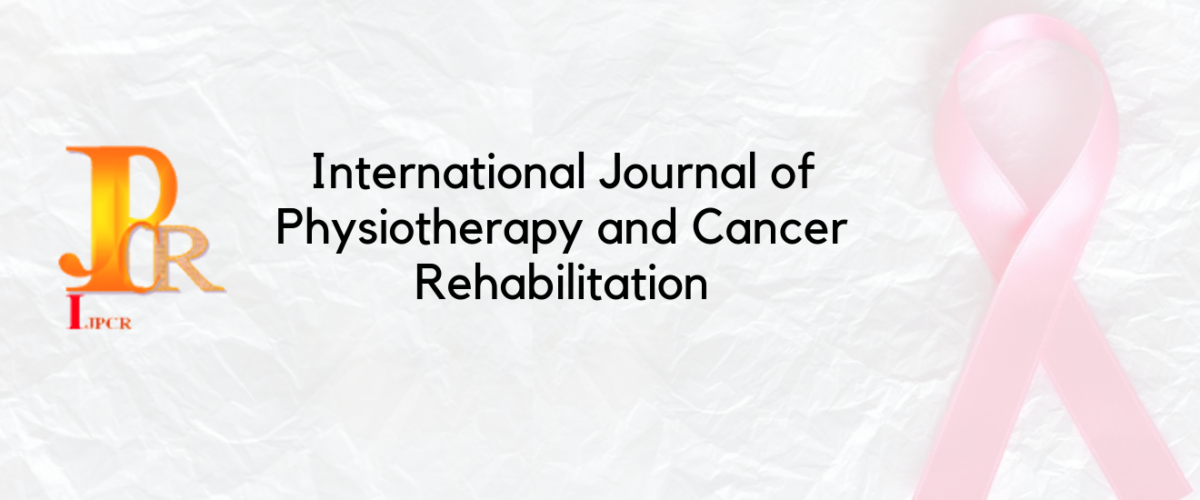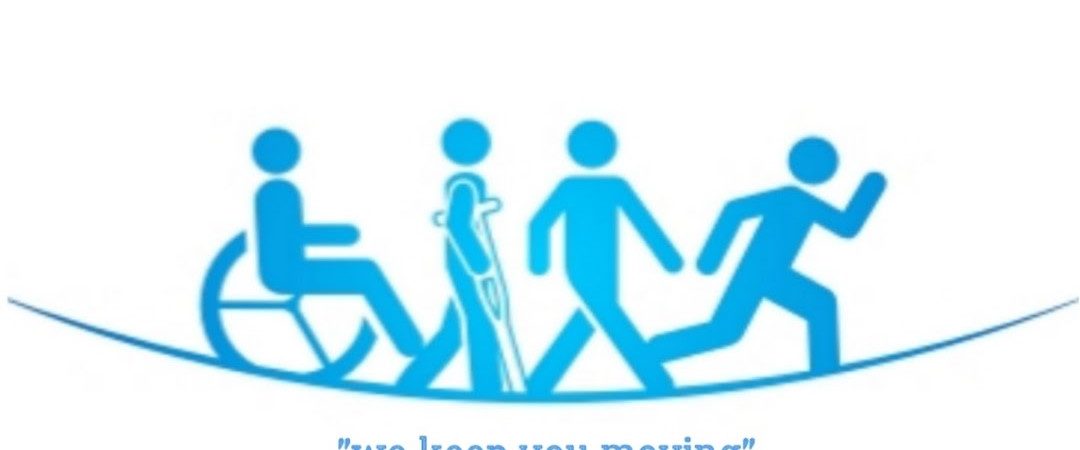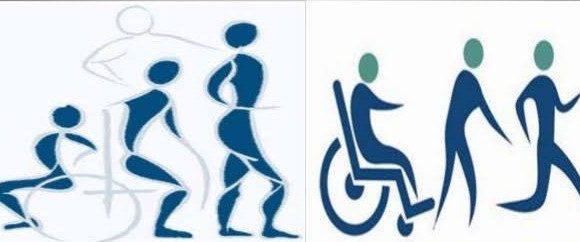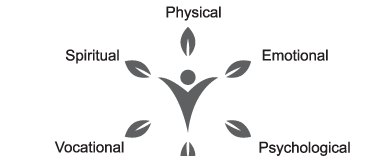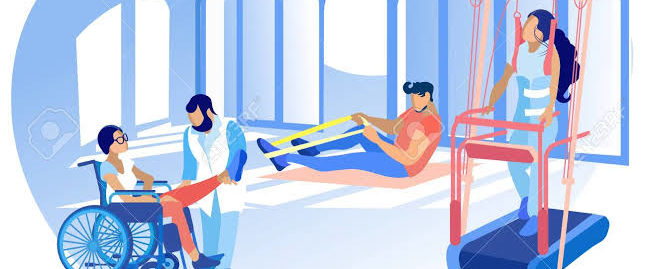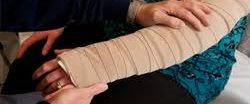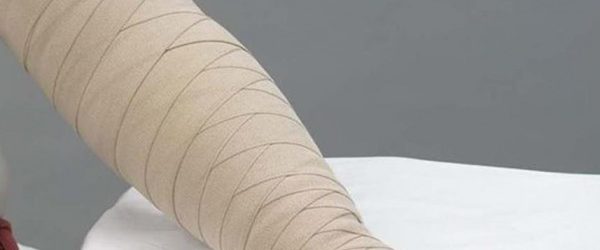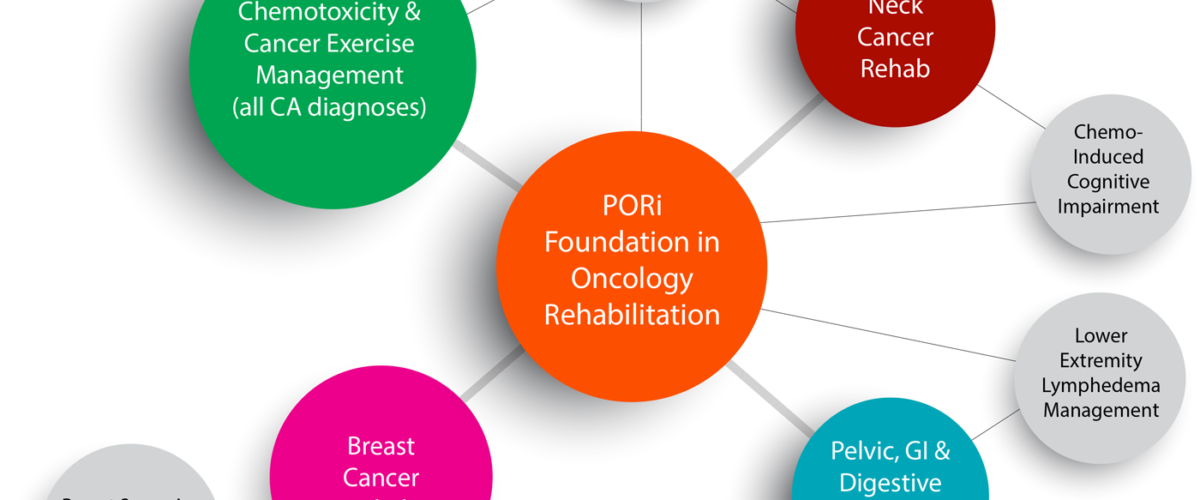A COMPARATIVE STUDY TO EVALUATE HEMODYNAMIC CHANGES IN RESPONSE TO PILATES EXERCISES IN MECHANICAL LOW BACK PAIN PATIENTS AND HEALTHY INDIVIDUALS- Dr. Jyoti Mann
A comparative study to evaluate hemodynamic changes in response to Pilates
exercises in mechanical low back pain patients and healthy
individuals.
Dr. Jyoti Mann, Assistant Professor,
Geetanjali college of Physiotherapy, Udaipur, Rajasthan
BACKGROUND:
Pilates exercises for the lumbar spine, which are done repeatedly, have been used in the management of
low back pain for over three decades. The cardiovascular effects of exercises that involve
postural stabilization, core strengthening, arm exercises and of exercises performed in lying
are well known, but there are seldom studies performed to assess the cardiovascular effects
of these commonly used Pilates exercises. Therefore the study focused on evaluating the
effects of 6 commonly used Pilates exercises on the cardiovascular system.
METHODOLOGY:
This study includes 60 subjects both male and female of age 30-50 years who were eligible as per the
inclusion criteria were divided into two groups- Group A (Low Back Pain individuals=30
subjects) and Group B (Healthy individuals= 30 subjects). Pre- participation questionnaire
along with consent form and PARQ (Physical Activity Readiness Questionnaire) was given to
subjects to fulfill criteria for selection. Each subject performed six Pilates exercises such as-
Knee fold, Single leg stretch, Spine twist, Flight, Single leg stretch in standing and Hip
extension for six weeks ; four days in a week. With each week repetitions and bouts were
increased from 5and3 to 15and 13 respectively. Heart Rate and Blood Pressure (Systolic and
Diastolic BP) were recorded pre and post intervention each day every week. Heart Rate was
measured by manual palpatory method and Blood Pressure by Sphygmomanometer.
RESULTS:
Results showed that there was a significant difference in HR (p<0.05 in wk.4, p<0.05 in wk.5); SBP (p<0.01 in
wk.1, p<0.01 in wk.2, p<0.05 in week 4); DBP (p<0.05 in wk.4, p<0.01 in wk.5, p<0.01 in wk.6)
during pre exercise session and HR, SBP and DBP were significantly higher almost in all
weeks during post exercise session of LBP and healthy individuals. Although, LBP individuals
experienced more cardiovascular demand as number of repetitions increased but the
intervention has cardiovascular effects on healthy individuals too.
CONCLUSION:
Pilates exercises have cardiovascular effects on low back pain patients. This effect was increased as the
number of repetitions increase. Adequate cautions need to be taken while prescribing
Pilates exercises complaining of low back pain with symptomatic or asymptomatic
cardiovascular diseases. Proper cardiovascular monitoring will be required for low back pain
as well as healthy individuals while prescribing Pilates exercises.
KEY WORDS: low back pain, pilates, heart rate, blood pressure.
INTRODUCTION
Since the time of acquiring erect two-legged posture from the ancient quadruped state, the lumbosacral
junction has remained weak due to its structural and biomechanical inadequecies.1
Fortunately, this has resulted into the presence of mechanical LBP (low back pain) in the majority of
patients, whereas, LBP due to prolapsed intervertebral disc (PIVD) and other causes needing
extensive treatment occurs only in about 1-2% cases of all the patients of LBP.1
The lifetime prevalence of low back pain is estimated at 60-85%, while the annual prevalence in the general
population is ranging from 15-45%. The annual incidence of back pain in the general
population is estimated between 10%-15% In the vast majority of patients low back pain is a
self limiting condition, from which 90% are expected to recover in about six weeks.However,
high recurrence rates of 40-70%, including annual recurrence rates of 60% have been
reported.8
The daily activity puts tremendous repetitive, compressive, and shearing stresses on the bony components
of the back and tensile stresses on the muscular and ligamentous components.1
Active trunk flexion increases intradiscal pressure tremendously. Intradiscal pressure of 100 kg during
standing is raised to 280 kg. Shearing force increases if the anterior tilt is increased and
diminishes when the back is flattened.1
Pilates is a physical fitness system developed in the early 20th century by Joseph Pilates. Pilates called his
method “Contrology.” It is practiced worldwide, and especially in western countries.11
Pilates puts emphasis on alignment, breathing, developing a strong core, and improving coordination and
balance. The core, consisting of the muscles of the abdomen, low back, and hips, is often
called the “powerhouse” and is thought to be the key to a person’s stability.
Pilates focuses largely on correct breathing, spinal, and pelvic alignment, and a concentration of smooth
flowing movements. By connecting all of these aspects, the pilates exercise becomes a mind
body workout. Pilates creates a strong core and strong back with exercises concentrating on
the deep abdominal muscles and muscles lining the spine. The moves incorporated in Pilates
workouts elongate the muscles and make them leaner, improving joint mobility and
flexibility. This decreases risk of muscle injury. Due to the even development of the muscles,
Pilates improves posture due to a strong core and back muscles for support.13
Inhalation can facilitate spine extension and resist forces of spinal flexion. Exhalation can facilitate spine
flexion and resist forces of spine extension.15
This study is to examine the cardiovascular effects of Pilates so that when these exercises are incorporated
in treatment of individuals with low back pain who are prone to cardiovascular diseases,
proper monitoring can be done.
METHODOLOGY:
60 samples were divided into two groups. Group A consists 30 samples with mechanical low back pain and
30 samples of normal healthy individuals.
Subjects were given detailed information about the study and its importance and were requested to fill the
questionnaires voluntarily. Informed Consent was taken from all the subjects. Subjects were
selected by convenient sampling method based on inclusion and exclusion criteria along with
a written consent signed by them for participation in this study. First the pre-participation
data was collected from the subjects, which included personal details name, age, sex,
occupation, medications etc were collected and documented. Approval for this study was
obtained from the ethical committee of the Geetanjali University, Udaipur.
All the respondents completed the questionnaires anonymously. No expenditure was inflicted on the cases,
and all the personal records were considered confidential.
Exercise intervention program consists of:- Pilates exercises (knee fold, single leg stretch, spine twist, flight,
single leg stretch in standing, hip extension); four days in a week. With each week
repetitions and bouts were increased from 5and3 to 15and 13 respectively. Heart Rate and
Blood Pressure (Systolic and Diastolic BP) were recorded pre and post intervention each day
every week. Heart Rate was measured by manual palpatory method and Blood Pressure by
Sphygmomanometer.
Week 1 5 repetitions and 3 bouts of each exercise pattern /day
Week 2 5 repetitions and 5 bouts of each exercise pattern/day
Week 3 10 repetitions and 7 bouts of each exercise pattern /day
Week 4 10 repetitions and 9 bouts of each exercise pattern/day
Week 5 15 repetitions and 11 bouts of each exercise pattern/day
Week 6 15 repetitions and 13 bouts sets of each exercise pattern/day
The resting HR and BP were recorded in a relaxed sitting position in an armchair.
The client should rest 5 to 10 minutes in seated position before assessing the resting heart rate.
Heart rate was measured by palpatory method; left side radial artery. Use the middle and index finger,
palpate radial artery. Start stop watch simultaneously with the pulse beat, count the first
beat as zero. Count HR for 15 seconds, count time 4, multiply to convert the count to beats
per minute (bpm). (15*4=60 bpm).44
Blood Pressure was measured by Gold Standards. Guide the patient to the desired position. The sitting
position is recommended with the back supported, legs uncrossed and feet flat on floor
midpoint of the arm should be at heart level with the elbow slightly flexed and the palm
up.45
Wrap the deflated cuff snugly and evenly around the patient’s bare arm approximately one inch above the
antecubital fossa ; the center of cuff should be in the line with the brachial artery. Place the
bell of the stethoscope firmly over the brachial pulse point at the lower border of the BP
cuff. Close the valve of the BP cuff and rapidly inflate the cuff to approximately 30 mm Hg
above the estimated SBP. Release the thumb valve, air should be released at a rate of 2 mm
Hg per heart beat. Note the point at which the first rhythmic tapping sound is heard
represents the systolic pressure. Note when the sounds become muffled there after the
sound will disappear represents the diastolic pressure. 45
Warm up exercises:- for (5-10 minutes)
Include brisk walking, jumping, stretching of upper and lower limbs like neck stretch, hamstring stretch etc.
repetitive motions at slow speeds, gradually increasing the effort.
Cool down period:- for (5-10 minutes)
Include slow total body repetitive motions and stretching for exercised muscle group same as warm up
period.
RESULTS:
Table 6.1 : Descriptive statistics of mean between pre and post exercise scores of all subjects
Group Mean SD Difference SEd t df P
HR pre
exercise in
first week
M 73.27 8.145 4.067 1.901 2.139 58 0.037
F 69.20 6.488
SBP pre
exercise in
first week
M 113.87 4.265 -3.667 1.104 -3.320 58 0.002
F 117.53 4.289
DBP pre
exercise in
first week
M 68.93 5.192 1.800 1.252 1.438 58 0.156
F 67.13 4.478
HR pre exercise in
second
week
M 71.40 6.563 1.500 1.515 0.990 58 0.326
F 69.90 5.081
SBP pre
exercise in
second
week
M 114.00 4.983 -3.000 1.109 -2.705 58 0.009
F 117.00 3.474
DBP pre
exercise in
M 67.73 4.891 -2.133 1.348 -1.582 58 0.119
F 69.87 5.532
Group Mean SD Difference SEd t df P
second
week
HR pre exercise in
third week
M 72.13 6.827 1.133 1.643 0.690 58 0.493
F 71.00 5.866
SBP pre
exercise in
third week
M 116.60 4.583 -0.067 1.048 -0.064 58 0.950
F 116.67 3.457
DBP pre exercise in
third week
M 68.33 4.334 -1.333 1.410 -0.946 58 0.348
F 69.67 6.391
HR pre
exercise in
fourth week
M 70.73 5.953 2.667 1.403 1.901 58 0.062
F 68.07 4.856
SBP pre
exercise in
fourth week
M 113.87 4.754 -2.467 1.085 -2.273 58 0.027
F 116.33 3.565
DBP pre
exercise in
fourth week
M 68.40 4.116 -3.000 1.285 -2.335 58 0.023
F 71.40 5.709
HR pre
exercise in
fifth week
M 68.07 4.941 -3.000 1.374 -2.184 58 0.033
F 71.07 5.675
SBP pre
exercise in
fifth week
M 115.67 4.205 -0.933 0.970 -0.963 58 0.340
F 116.60 3.244
DBP pre
exercise in
fifth week
M 68.73 5.265 -5.067 1.321 -3.835 58 0.000
F 73.80 4.965
Group Mean SD Difference SEd t df P
HR pre
exercise in
sixth week
M 70.53 5.482 -1.733 1.533 -1.130 58 0.263
F 72.27 6.362
SBP pre
exercise in
sixth week
M 115.20 4.916 -1.800 1.065 -1.690 58 0.096
F 117.00 3.140
DBP pre
exercise in
sixth week
M 68.67 5.287 -5.267 1.457 -3.615 58 0.001
F 73.93 5.977
HR post
exercise in
first week
M 81.63 11.693 -12.433 2.398 -5.186 58 0.000
F 94.07 5.977
SBP post
exercise in
first week
M 126.13 4.066 -4.800 1.285 -3.734 58 0.000
F 130.93 5.747
DBP post
exercise in
first week
M 80.80 3.916 -3.333 1.112 -2.997 58 0.004
F 84.13 4.666
HR post
exercise in
second
week
M 91.33 4.936 -4.267 1.246 -3.425 58 0.001
F 95.60 4.709
SBP post
exercise in
second
week
M 125.80 5.416 -6.333 1.291 -4.905 58 0.000
F 132.13 4.547
DBP post
exercise in
second
M 80.80 4.859 -4.067 1.240 -3.279 58 0.002
F 84.87 4.747
Group Mean SD Difference SEd t df P
week
HR post exercise in
third week
M 88.33 9.189 -6.400 1.780 -3.595 58 0.001
F 94.73 3.258
SBP post
exercise in
third week
M 126.87 4.416 -4.733 1.251 -3.785 58 0.000
F 131.60 5.236
DBP post exercise in third week
M 78.20 4.278 -6.667 0.983 -6.784 58 0.000 F 84.87 3.267
HR post exercise in fourth week
M 84.60 7.775 -10.067 1.562 -6.443 58 0.000 F 94.67 3.575
SBP post exercise in fourth week
M 125.07 4.571 -7.867 1.199 -6.558 58 0.000 F 132.93 4.719
DBP post exercise in fourth week
M 79.20 4.859 -6.533 1.078 -6.062 58 0.000 F 85.73 3.352
HR post exercise in fifth week
M 83.13 7.785 -10.800 1.705 -6.334 58 0.000 F 93.93 5.159
SBP post exercise in fifth week
M 122.13 3.521 -4.267 0.896 -4.761 58 0.000 F 126.40 3.420
DBP post exercise in fifth week
M 74.80 4.318 -8.267 1.195 -6.917 58 0.000 F 83.07 4.920
HR post exercise in sixth week
M 82.60 7.468 -11.267 1.535 -7.342 58 0.000 F 93.87 3.857
SBP post exercise in
M 125.27 4.653 -1.133 1.105 -1.025 58 0.309 F 126.40 3.874
Group Mean SD Difference SEd t df P
sixth week DBP post exercise in sixth week
M 75.13 5.056 -9.533 1.178 -8.090 58 0.000
F 84.67 4.011
Table1 shows that there is a significant difference between HR of healthy and LBP patients in week 1
(p<0.05) and week 5 (p<0.05) pre exercise whereas post exercise HR was significantly higher
in case of LBP patients in comparison to healthy individuals. The SBP was significantly higher
in LBP patients pre exercise in week1 (p<0.01), week2 (p<0.01) and week4 (p<0.05). in case
of post exercise, SBP was higher in LBP patients in week 1-5. The DBP of LBP patients was
significantly higher in week4 (p<0.05), week5 (p<0.01) and week6 (p<0.01) whereas post
exercise DBP was higher in all weeks in LBP patients.
0
20
40
60
80
100
120
140
Va lue
Parameter
Pre Post
As a result of data analysis repetitive Pilates exercises for the lumbar spine elicit significant hemodynamic
stress in healthy and low back pain individuals. These exercises increase the work of the
heart in people with no known spinal impairments and no cardiovascular or
cardiopulmonary insufficiencies. It was found that the cardiovascular demand increased as
the number of repetitions for a given type of exercise increased. Richardson D, stated that
the magnitude and frequency of active muscular contractions also affect the blood flow. The
muscle metabolism increases in response to voluntary contractions, and therefore blood
flow to the active musculature.
Christensen EH, Astrand PO, in their work concluded that volume of oxygen consumed during physical
exercise is necessarily dependent upon the load on the muscles and also on the mass of the
muscles at work. Work with legs can bring the metabolism to a higher level than can exercise
performed by the arms. All these researches confirm that there is increased oxygen demand
by the contracting muscles which in turn increases the HR, BP, cardiac output and stroke
volume.
DISCUSSION:
The study indicates that before administering Pilates exercises to any patient having spinal problem
cardiovascular status should be examined. This study recommends that, ruling out
cardiovascular and pulmonary disease by history taking alone is not sufficient and cardiac
and pulmonary risk factor assessment should be done before prescribing Pilates exercises.
The results of the study suggest that baseline heart rate and blood pressure should be
recorded routinely. Cardiovascular monitoring should also be taught to the patient
themselves so that cardiovascular monitoring can be performed when Pilates exercises for
the lumbar spine are performed as a home exercise program.
CONCLUSION:
Pilates exercises have cardiovascular effects on low back pain patients. This effect was increased as the
number of repetitions increase. Adequate cautions need to be taken while prescribing
Pilates exercises complaining of low back pain with symptomatic or asymptomatic
cardiovascular diseases. Proper cardiovascular monitoring will be required for low back pain
as well as healthy individuals while prescribing Pilates exercises. Pilates exercises should be
incorporated into cardiac rehabilitation program.
REFERENCES:
1. Essentials of orthopaedics and applied physiotherapy .Jayant Joshi and Prakash
Kotwal second edition 2011.
2. Susan B O’Sullivan, Thomas J Schmitz, Chapter 2 Examination of Vital Signs Physical
Rehabilitation 6th edition.
3. NFMCPA(National fibromyalgia and chronic pain association)
4. Clinical Orthopedic Rehab. S.Brent Brotzman and Kevin E.Wilk second edition 2005
5. Campbell’s Operative Orthopedics S.Terry Canale and James H.Beaty twelfth edition
vol.two.
6. U. Albert Anand et al. A study to analyse the efficacy of modified Pilates based
exercises and therapeutic exercises in individual with chronic non specific low back
pain: a randomized clinical trial. International Journal of Phy and Research 2014 vol
2(3): 525-29. ISSN 2321- 1822.
7. Benjamin A.I., Surpreet bindra, Sinha A.G.k. Epidemiology of low back pain in Indian
population: a review. International Journal of Basic and Applied Medical Sciences
2015. January- April, vol 5(1) pp:166-179
8. www.spine- healthy .com / piates_exercise_and_back_pain prevalence, incidence
and recurrence of low back pain http:// repub.eur.nl/pub/1110/02, pdf
9. Saeid Alemo, Amirali Sayadipour. Chronic mechanical low back pain J Neurolog
Orthop Med Surg (2008) 28(1): 5-11
10. Menzes costa et al. The progress of acute and persistent low back pain: a meta
anaysis. Canadian Medical Association 184(11): E 613-24
11. https:// en.wikipedia.org/wiki/pilates
12. Philip Friedman and Gail Eisen. The pilates method of physical and mental
conditioning pp.13-16
13. Campos RR, Cardoso JR. The effect of the pilates method on the physical conditioning
of healthy subjects : a systemic review with meta-analysis J Sports Med Phy Fitness
PMID- 26004043
14. Anna Owsley. An introduction to clinical Pilates. 2005 Human Kinetics-ATT 10(4),
pp.19-25
15. Brent D. Anderson. Randomized clinical trial comparing active versus passive
approaches to the treatment of chronic and recurrent low back pain (2005)
http://scholarlyrepository. miami. Edu/dissertations/2258.
16. Astrand J.Stenberg et al. Cardiac output during submaximal and maximal work J.
App. Physio 19:268-274
17. Healthy living.az central.Com/normal_hemodynamic_response_exercise
18. Valenza MC et al. Results of a pilates exercise program in patients with chronic non-
specific low back pain: a randomized controlled trial, 2016.
19. Stieqlitz DD, Vinson DR, Hampton C. Equipment-based pilates reduces work-related
chronic LBP and disability: a pilot study. J Body W Mov. Ther. 20(1): 74-82.
20. De Oliveira et al. Muscle activation during pilates exercise in participants with chronic
non-specific LBP. A cross-sectional case control study. S0003-9993: 31097-8, 2016.
21. Patti A, Bianco A et al. Pain perception and stabilometric paramters in people with
chronic LBP after a pilates exercise program: a randomized controlled trial. Medicine
(Battimore). 95(2): e2414.
22. Cruz- Diaz D, Martinez- Amat A et al. Short -and long-term effects of a six week
clinical pilates program in addition to physical therapy on post-menopausal women
with chronic LBP: a randomized controlled trial. Disabil .Rehabil. 38(13): 1300-1308,
2016.
23. Tinoco- Fernandez, Jimenez-Martin et al. The pilates method and cardiorespiratory
adaptation to training. Res. Sports Med. 24(3): 281-286, 2016.
24. Kellis E, Gouitas I et al. Effects of pilates and trunk strengthening exercises on health
related quality of life in women with chronic LBP. Journal of Back and
Musculoskeletal Rehabilitation. 29(4): 649-659, 2016.
25. Daniele Tavares et al. Mat pilates training reduced clinical and ambulatory blood
pressure in hypertensive women using antihypertensive medications. International
Journal of Cardiology. 179: 262-268, 2015.

